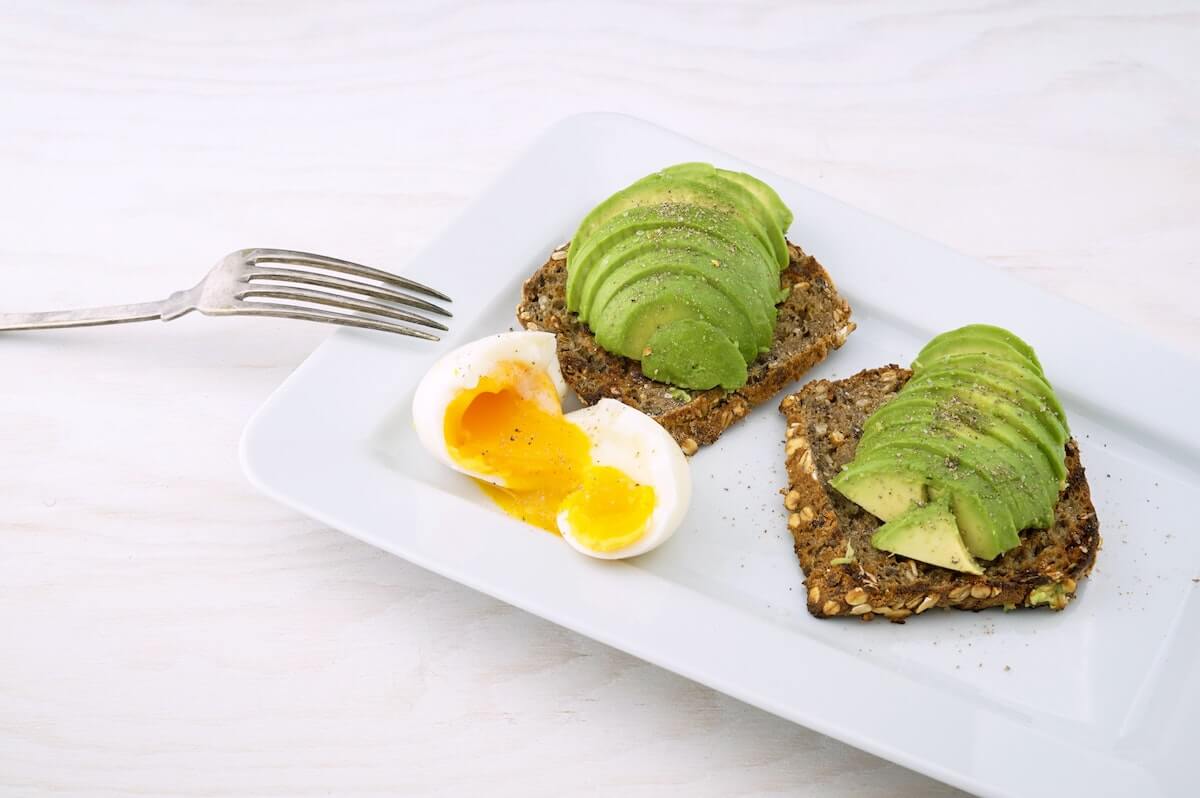Sports science and, in particular, sports nutrition has become a big part of the sporting world over the past few years. It can make the difference between shaving a hundredth of a second off a 100-metre race time or going the distance in a boxing bout.
However, sports nutrition hasn’t always been a part of our culture, and it has taken years of learning from around the world to realize its importance in sports today. So why aren’t we using those lessons in our everyday life? If sports nutrition can help see us through 12 rounds of boxing, then why can’t it help us to put that shelf up after a hard day at work or be more active with the kids when returning from a gruelling five-hour journey visiting our parents. The answer is there is no reason. We simply need to educate ourselves when it comes to healthy eating to see what impact this could have on our everyday lives.
What is sports nutrition?
Sports nutrition is a term that gets thrown around often and one you have probably come across or overheard, but what exactly is it? Essentially it is monitoring the types of foods and drinks we consume along with the quantities. This is done in three keys areas: preparation, performance and recovery. All of these areas can be looked upon in our everyday lives also. We all want to be prepared for that important pitch in work; we want to perform by being the best parents that we can, and we want to be able to do this day in and day out, so we have to ensure that our bodies and minds recover in time.

Why sports nutrition is essential for athletes
Athletes and sports professionals need to be mindful of the times they eat, which can also help us. Meals eaten before and after exercise for a sports professional are the most important. Generally, they consume food or drink that is high on carbohydrates two hours beforehand to give them the necessary energy required to complete their training. Afterward, they then consume things that are high in protein to help with muscle growth and to repair the body.
How can we incorporate sports nutrition into our lives?
All of this sounds very technical, and you may feel like you don’t have time for all of this in your everyday lives, but that’s not entirely true. A tiny bit of preparation can go a long way to helping us in the long run. We need a plan that we can use as a rule, and it can then be adjusted according to what works and doesn’t work for you. Remember, we are all different and lead different lives, so there is no right or wrong. Let’s look at a typical schedule and see how we can fit these things into our lives.

A brief overview of a nutrition schedule
This schedule will vary for everyone, but it can be easily adapted to suit you.
06.00 – Wake Up
Related Articles
06.30 – Breakfast of eggs or avocado on whole-grain toast with pure fruit juice
07.30 – Drop kids at school
09.00 – Arrive at work
10.30 – Snack of a banana and a glass of water
12.30 – Lunch of whole-grain pasta with grilled chicken and a glass of water
14.30 – Snack of nuts or seeds with a glass of water
17.00 – Finish work
18.00 – Collect kids and head home
18.30 – Dinner of fish with brown rice with a glass of water followed up with some green yogurt
20.00 – Glass of milk
22.00 – Bed
There are hundreds of different combinations that you can choose from, and this type of diet doesn’t have to be boring like some other diets out there. Do some research online, and you’ll be met some great recipes to follow. The key to this success is in the preparation as some of the meals you might be able to batch cook and freeze, which will save you time throughout the week. Whatever you decide, ensure that the meals, schedule and expectations are aligned with your personal goals and preferences.







